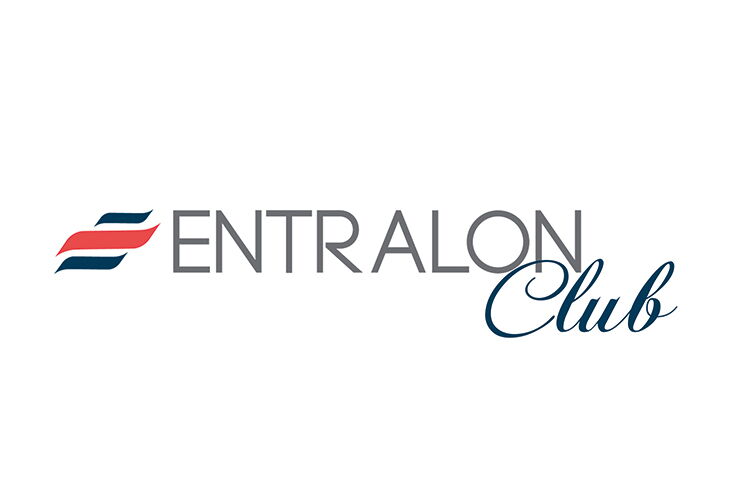1. Which trends have you observed dominating the European/CEE real estate investment market?
The trends affecting the European and CEE region are relatively similar, including geopolitical uncertainty due to the war in Ukraine, inflation hikes, and, as a result, a rise in interest rates. Additionally, we have experienced the 'denominator effect' whereby real estate allocation quotas for many institutional investors have been exceeded. If we add in the fluctuations in energy costs in 2022 and erratic construction costs, we have the perfect recipe for unpredictability. On the other hand, however, real estate as an investment class has always been an attractive alternative on a long-term basis. CPI-indexed leases provide a decent income yield in times of turbulence. Even if the valuations are under pressure, with yields adjusting to the new interest environment, similarly to many other real estate investors, we remain confident about the long-term attractiveness of this asset class.
2. What are your forecast/expectations for 2023 from a CEE/PL perspective?
Clearly, the dominance of local and regional investors will continue, which is quite natural in times of uncertainty. However, I do not expect a substantial increase in the investment volume this year because real estate currently has to compete with other asset classes, which perhaps provide better risk-adjusted returns. At the same time, alpha-generation investors will see opportunities to access products at very attractive terms.
3. What sectors do you feel strongest about at this moment?
We are continuing our investment activity in the logistics sector in the region. This is predominantly driven by our convictions about the market's potential and growth. The trends around onshoring and nearshoring, e-commerce growth, and the supply chain's digitalization, coupled with the region's infrastructural development, provide sufficient comfort. We also see PRS sector opportunities due to demographic and urbanization trends. In addition, due to the high mortgage costs, we see a growing demand from tenants in the residential market. We are very active in the PRS sector in US and Europe, and there is also great potential in the CEE region going forwards.
4. Rates are high, and it is a time full of uncertainty – does this situation open up investment opportunities in Poland?
As in other European regions, we see short-term opportunities to capture deep value in market dislocations. We could even see some gap financing opportunities to recapitalize assets or portfolios. However, we follow our conviction themes and continue to be cautious and selective.
5. Has the war in Ukraine influenced your appetite for Polish assets?
The war in Ukraine is very traumatic. As a Polish citizen witnessing one of the most significant refugee crises in modern history, this has been a painful experience for me. At the same time, I am proud that Poles as a nation showed our solidarity with Ukrainians and provided meaningful humanitarian support to the extent possible. Naturally, this war has had negative consequences from the investment perspective, with geopolitical turbulences, inflation hikes, energy crises, interest rates increase, etc. All of those factors must be considered when investing in real estate in the region. However, we are a long-term investor who has been active in the CEE market for over 20 years, and we continue to believe that the long-term fundaments remain strong and reasonably resilient, even if we have to cope with many unpredictable factors and readjust our strategy in the short term.

In conjunction with our partnership with Entralon, the Warsaw Business Journal is conducting exclusive interviews with distinguished real estate professionals to exchange valuable insights and explore investment strategies that pave the way for a more prosperous future.
www.entralon.club


















